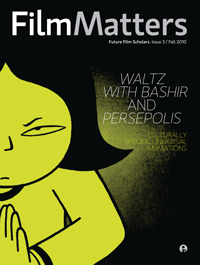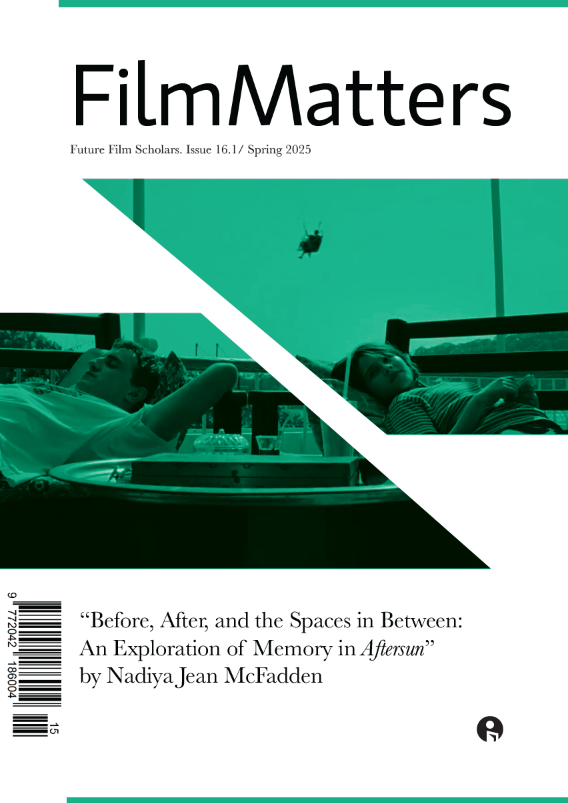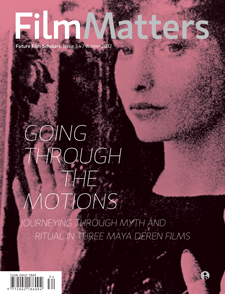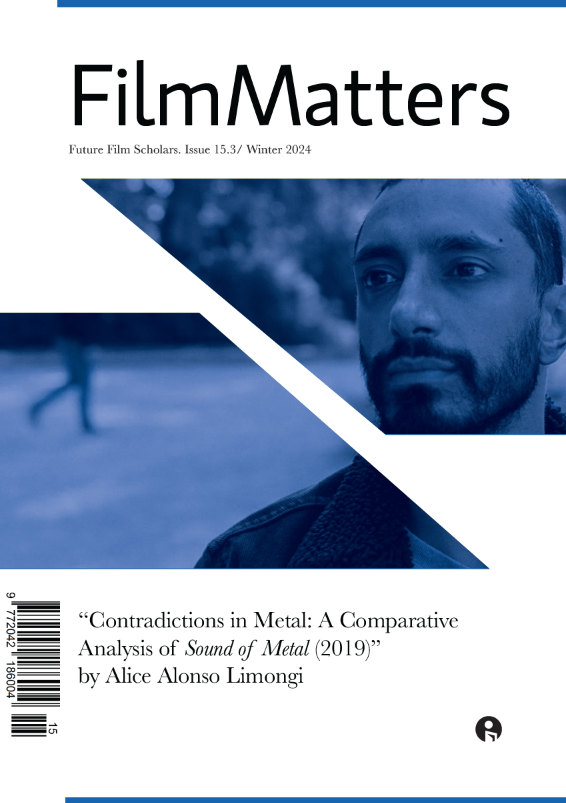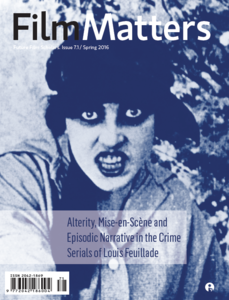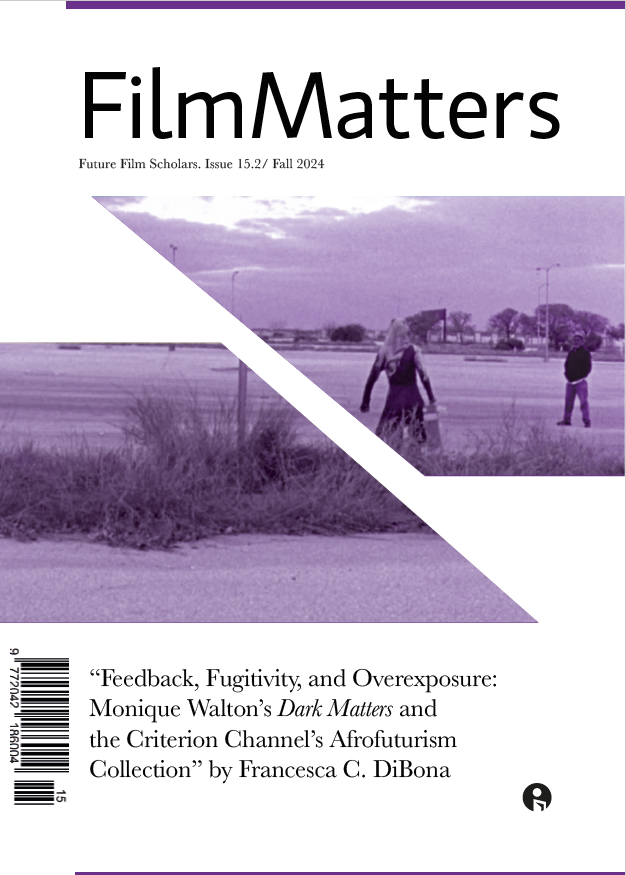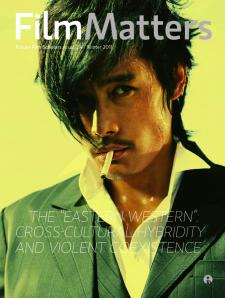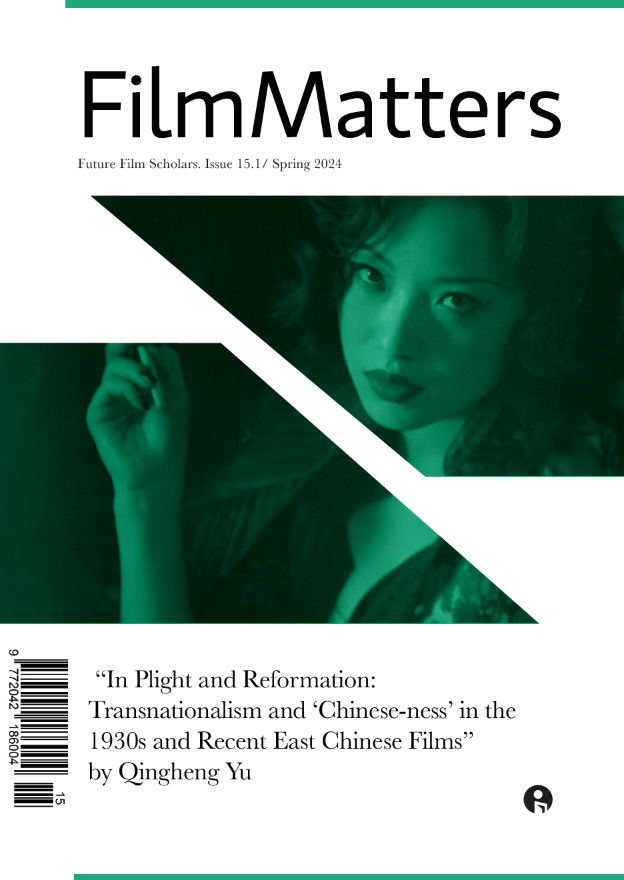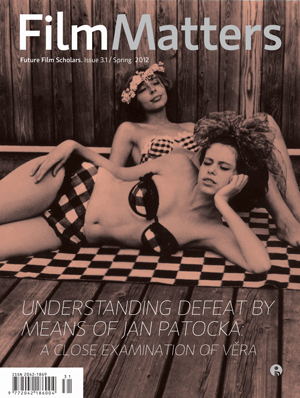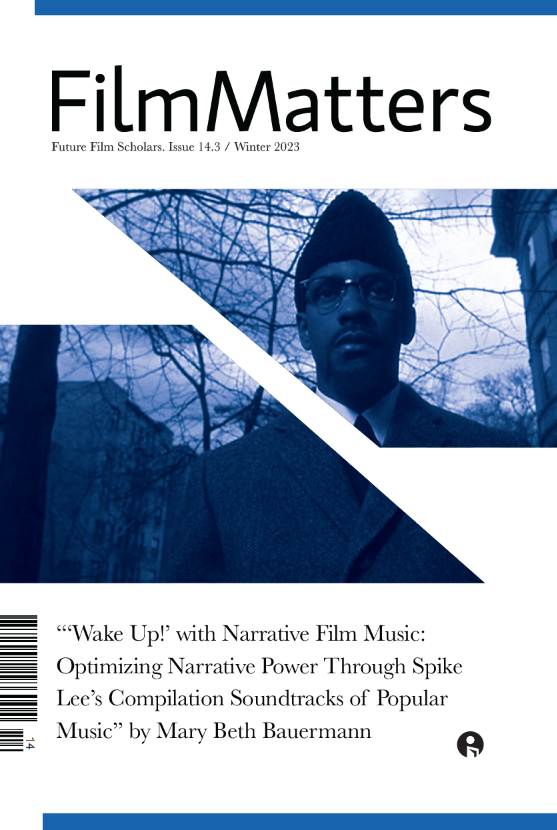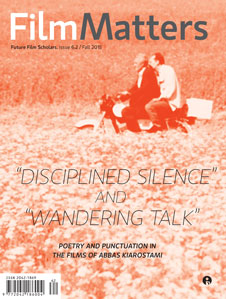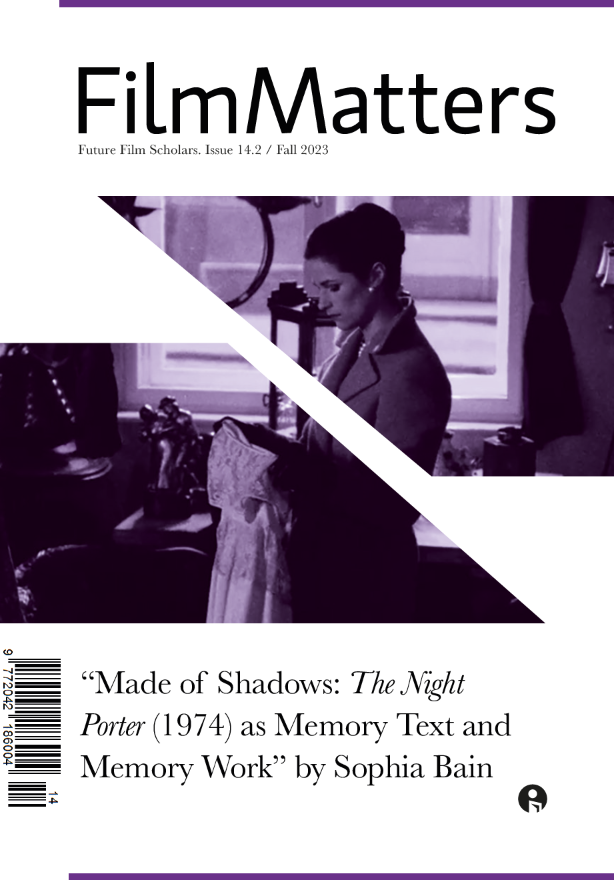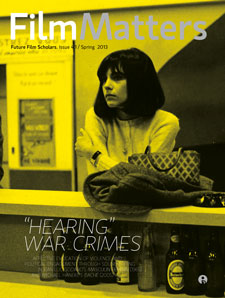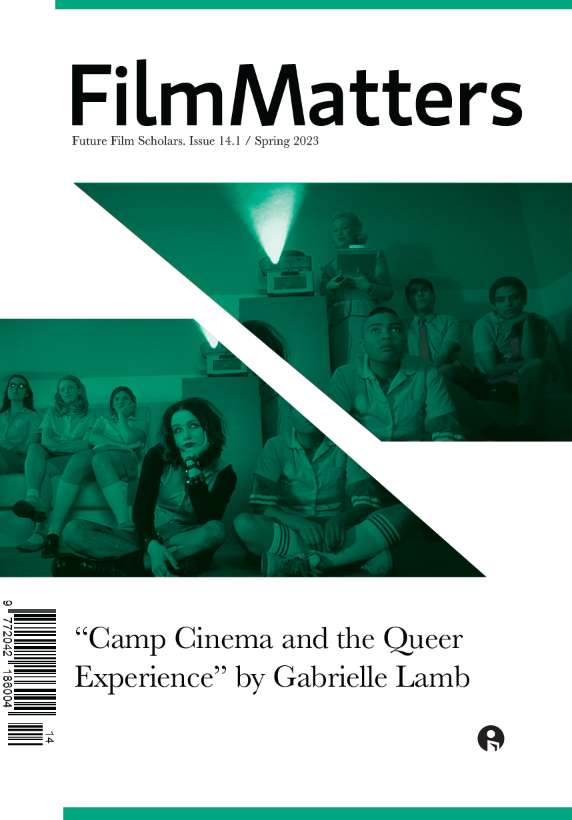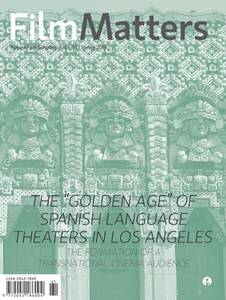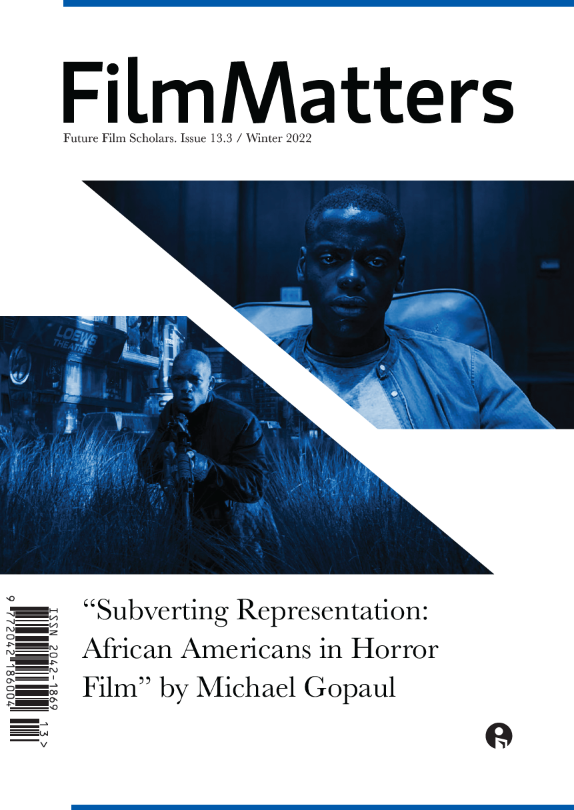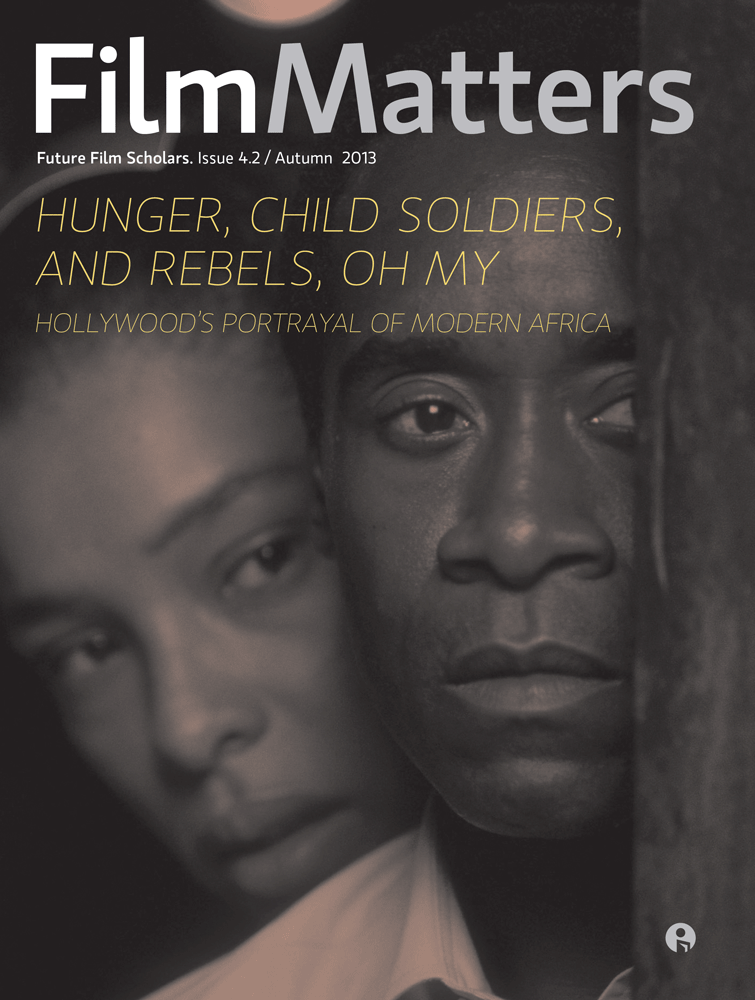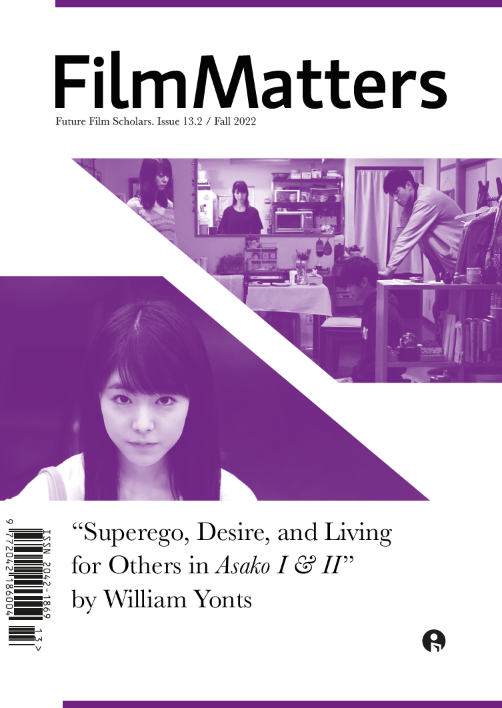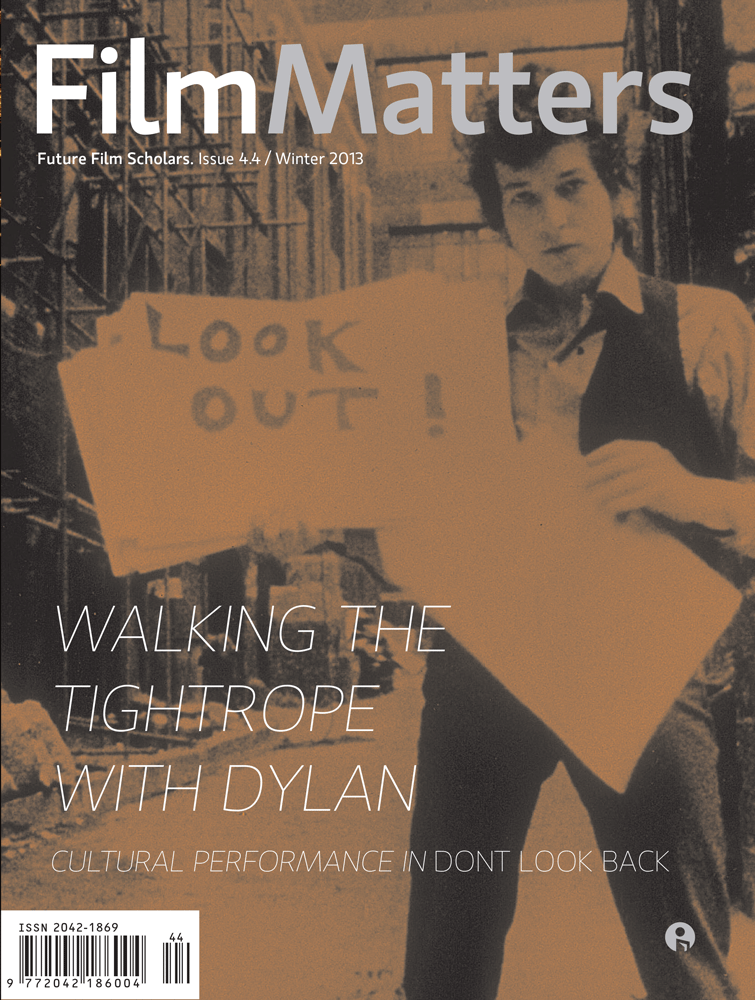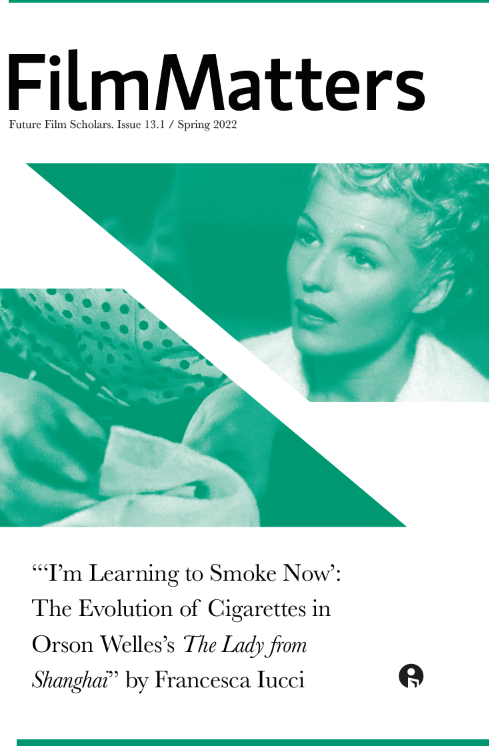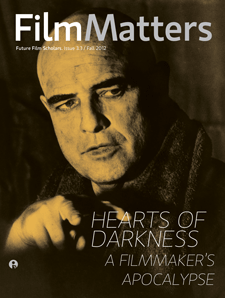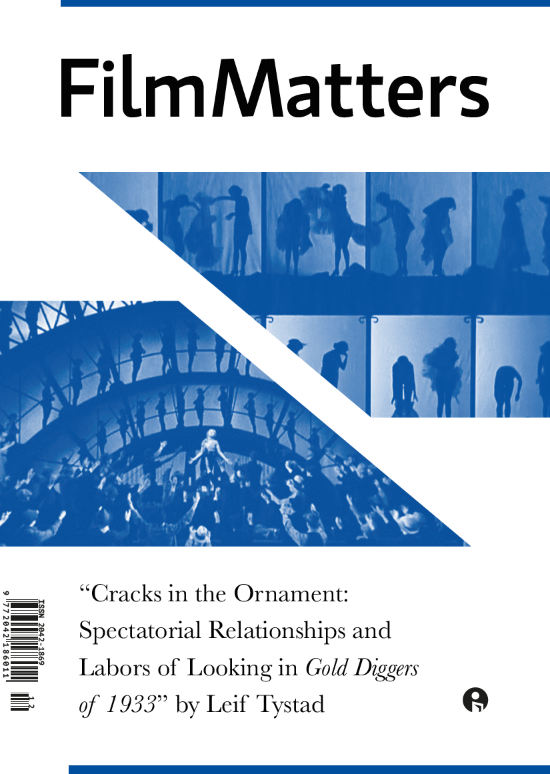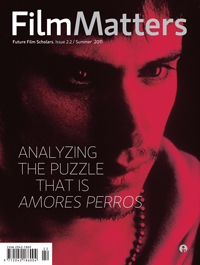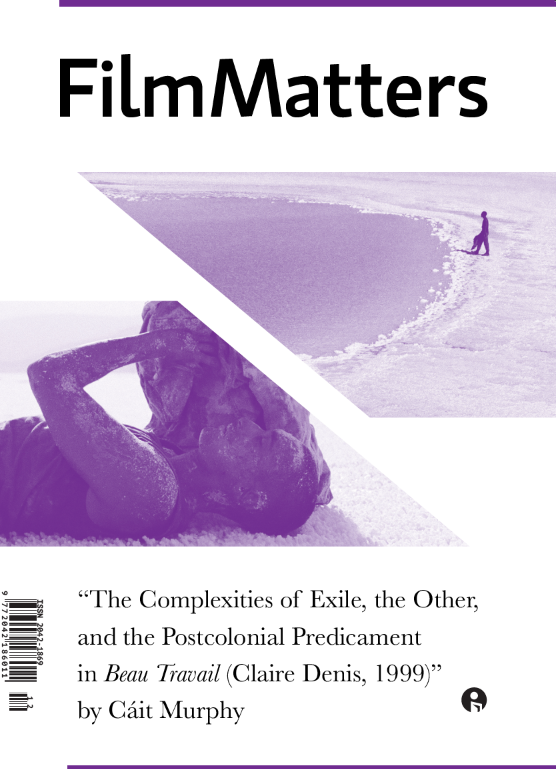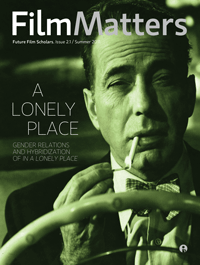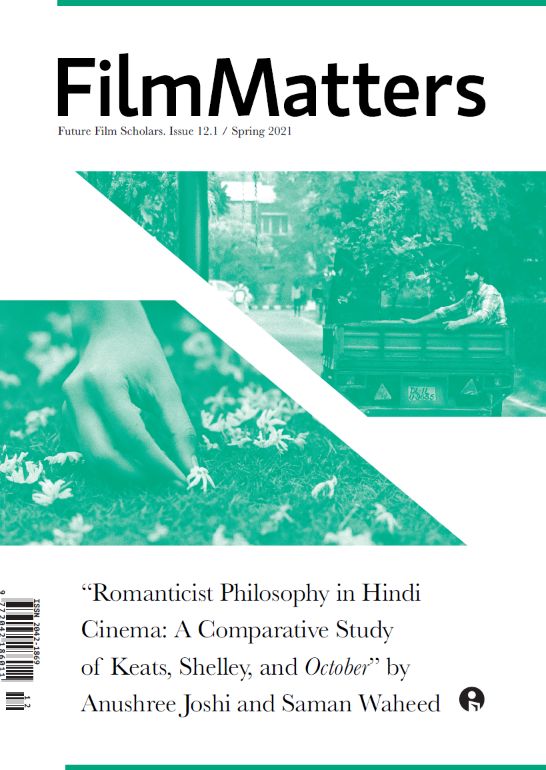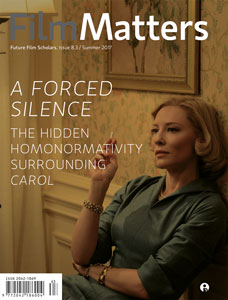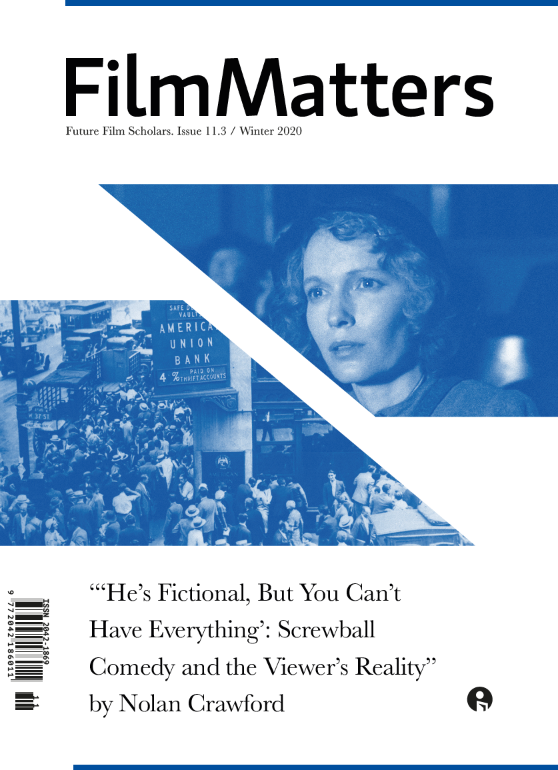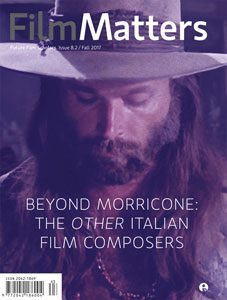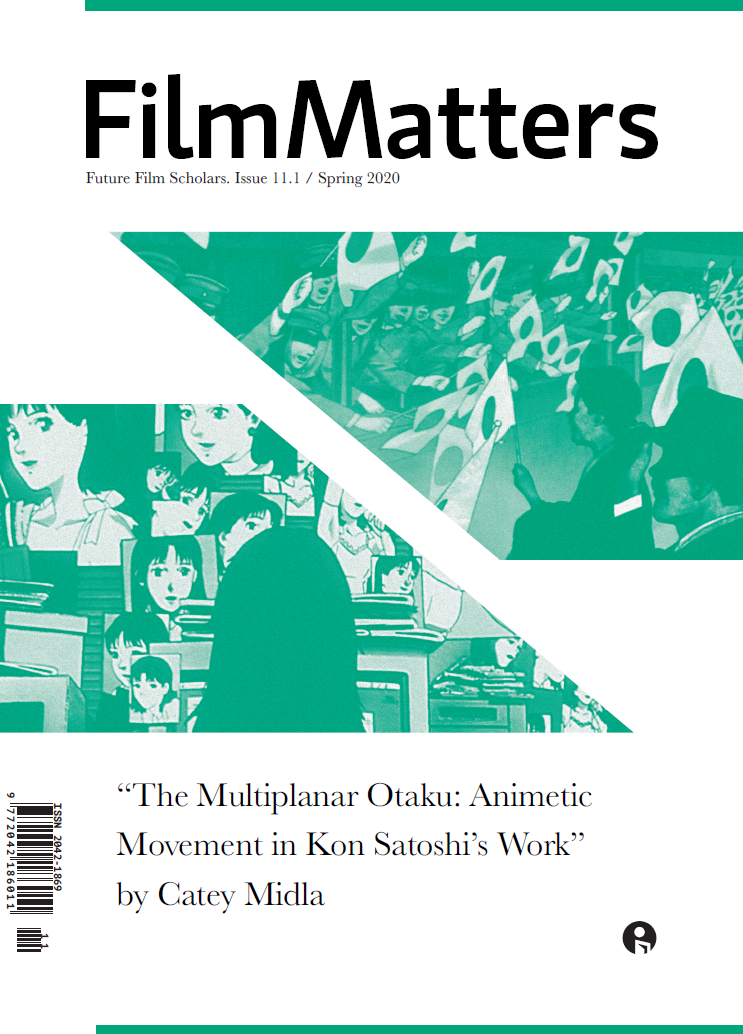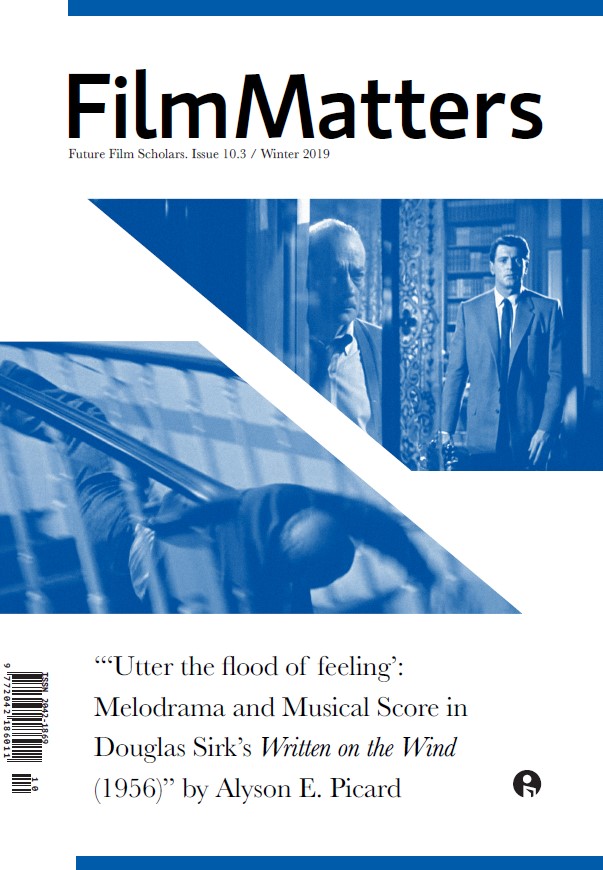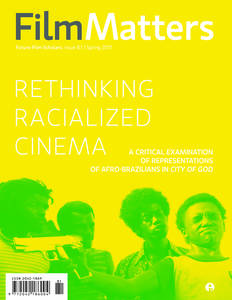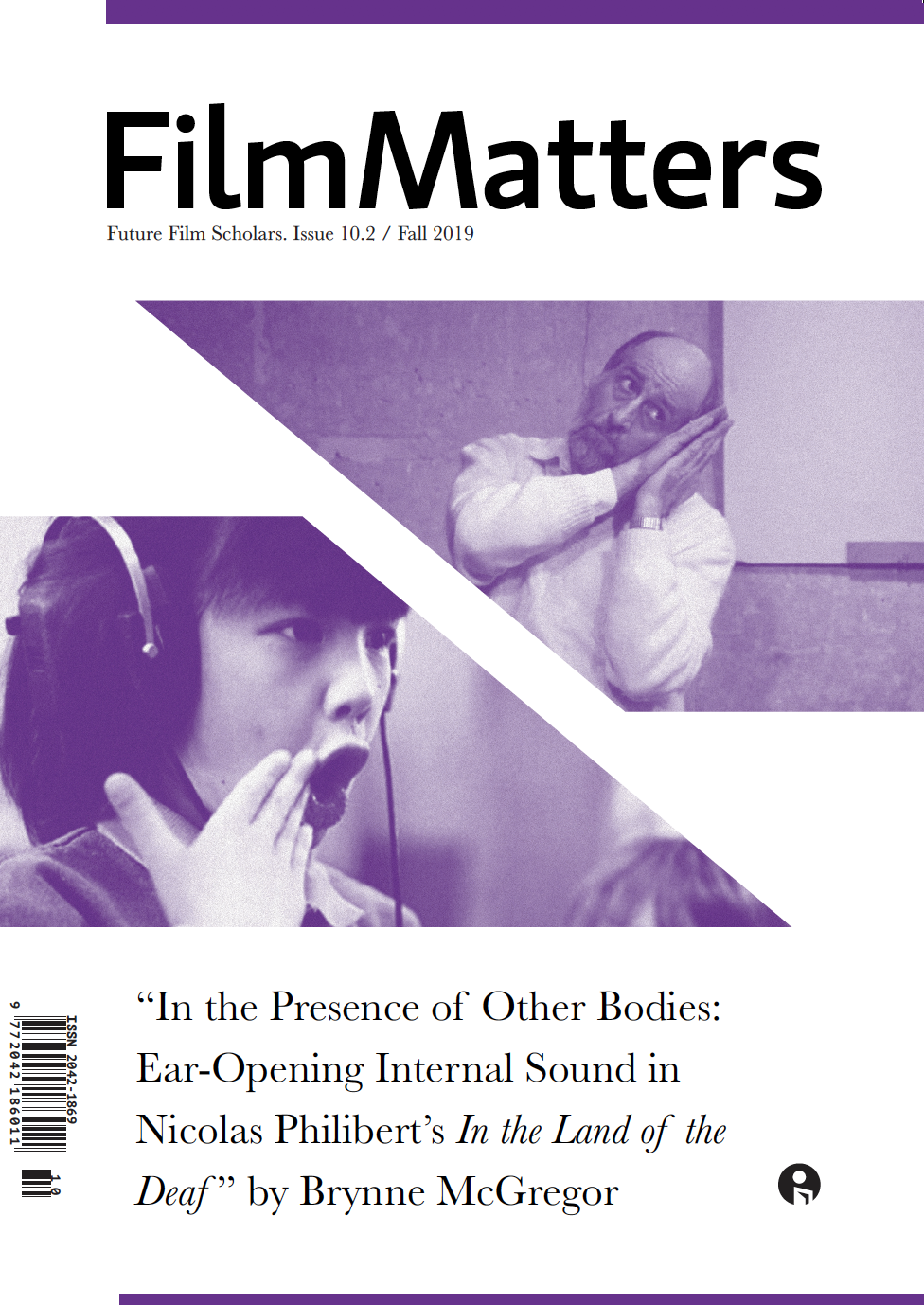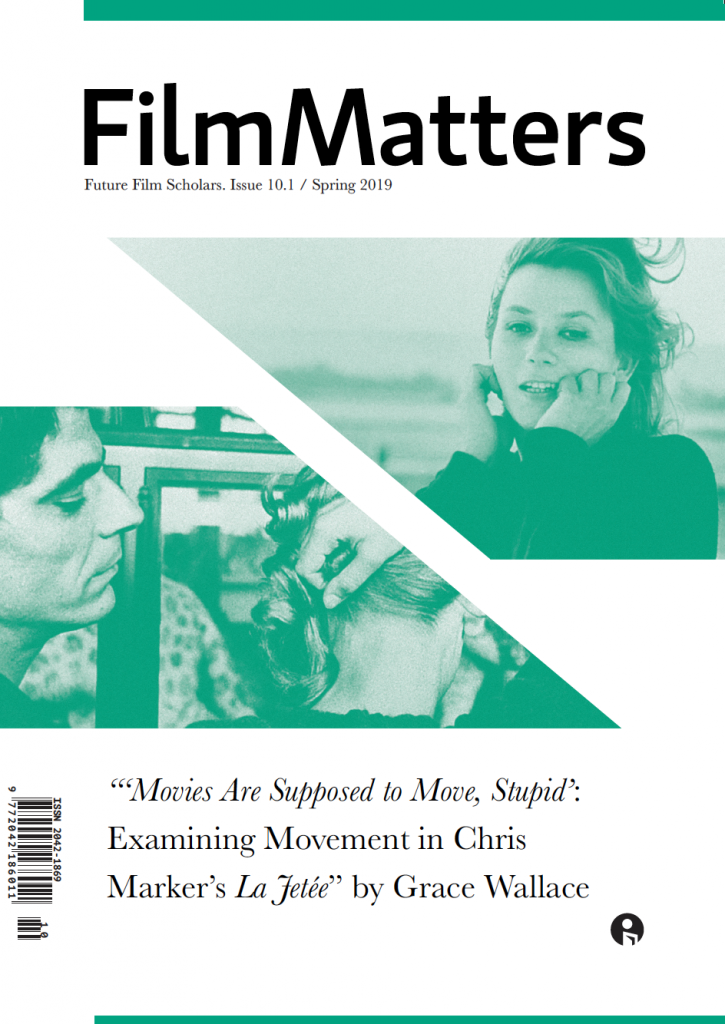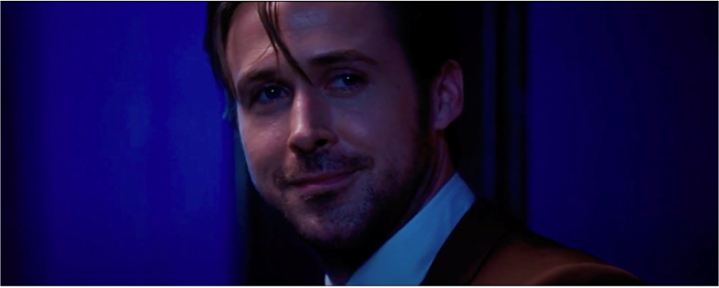
I went in expecting Gene Kelly, and I did not get Gene Kelly. My disappointment with La La Land stems from impossible expectations, fueled by not only its 14 Oscar nominations but also by the nonstop conversation framing it as a revival of the classic Hollywood musical. But did the movie itself promise that? I think it did — from the very beginning. Mia literally points out the window where Humphrey Bogart and Ingrid Bergman looked out in Casablanca, and the film’s final “Epilogue” sequence is packed with visual nods to Singin’ in the Rain, especially the “Broadway Melody” ballet: the collage of neon signs, the reappearance of the casting director from Mia’s audition, even the red-and-yellow color scheme. Some argue that La La Land is not trying to be an old Hollywood musical but rather pays tribute to one in a modern context. La La Land doesn’t just reference old Hollywood — it invites direct comparison. And once that invitation is made, I think it’s fair to ask whether the film lives up to the emotional and narrative standards of the works it imitates.
La La Land uses the saturated colors, spontaneous musical numbers, and romance that define the golden age of Hollywood musicals — but it doesn’t always capture the same emotional depth or character growth that made those films endure. Paying homage means more than aesthetic mimicry; it means understanding and honoring the spirit of the originals. By invoking that tradition so strongly, La La Land sets itself up for a comparison it does not fully survive.
Technically the movie is stunning. Throughout the film, I found myself more absorbed in the work of the camera operators, choreographers, and gaffers than in the story itself. “Another Day of Sun” swept me off my feet — for about four minutes. That opening was dazzling, joyful, and felt like the setup for a modern Singin’ in the Rain — a musical that would embrace fantasy while staying grounded in human emotion. But then the plot kicked in, and I was immediately underwhelmed.
La La Land wants to be about the tension between Hollywood fantasy and real-world disappointment. But for me, that tension never feels earned. Gosling and Stone do what they can, but their romance is strangely hollow. Seb and Mia don’t fail enough, they don’t change enough, and they don’t lose enough to make their final separation feel devastating. Their dreams come true with remarkably little struggle: Mia is plucked from obscurity because a casting director sees her one-woman show, and Seb opens his jazz bar after stubbornly refusing to compromise. Compare that to the real emotional sacrifices in Singin’ in the Rain and West Side Story: Kathy risks her own career to protect Don’s dignity during Lina’s disastrous premiere, and Tony’s dream of a better life ultimately leads to his death. Classic musicals didn’t shy away from showing that ambition can demand real, devastating sacrifices — which makes La La Land‘s version of struggle feel hollow by comparison.
Those movies understand that dreaming is not the same thing as achieving; La La Land seems to collapse the two together.
Even the film’s bittersweet ending doesn’t hit as hard as it should. We’re meant to be heartbroken that Seb and Mia don’t end up together, but I barely felt anything — not because I’m cold, but because the film never gave me the depth of connection that classic musicals achieve so excellently. Watching La La Land, I missed the sense of growth, the genuine cost of success, and the deep, tender performances that define the best musicals of the past. Rather than a nod to nostalgia, La La Land feels more like a sad attempt to reshape the mold of classic Hollywood musicals. Maybe I’m just an old soul, but if I want to experience the real magic of musicals, I’ll stick to Gene Kelly.
Sebastian smiles at Mia in the film’s final moments. In contrast to many fans of La La Land, I’m glad they didn’t end up together. Their romance, though bittersweet, never truly resonated with me, and their separation felt more like a relief than a loss.
Author Biography
Mackenzie McCarron is a junior at the University of North Carolina Wilmington, majoring in Film Studies. Passionate about all forms of art, she enjoys dancing, writing, studio and digital art, cooking, baking, documentary filmmaking, and more. When not creating, Mackenzie can be found reading novels or drawing her environment, always exploring the intersection of creativity and storytelling.

